China is one of the largest of the united multinational states, and it contains one of the biggest ethnic groups in China.
How Many Ethnic Groups Are There In China?
What you may not know about China is that the country features 56 ethnic groups. Among these tribes, the Han Chinese make up 91.59% of the Chinese Population, which means that only 8.41% of the Chinese population is made of the remainder 55 ethnic groups. These numbers were given from the 5th National Population Census in 2000. There is also the combined population made up of all the other minority ethnic groups, fewer than the rest of the Han ethnic group, making up the 55 remaining ethnic groups.
There also are numerous other ethnic groups that share in China’s vast lands, but at the same time, many of these minority groups live on their own in their own individual communities, even as they maintain strong and amicable relationships with each other for years.
56 Ethnic Groups in China
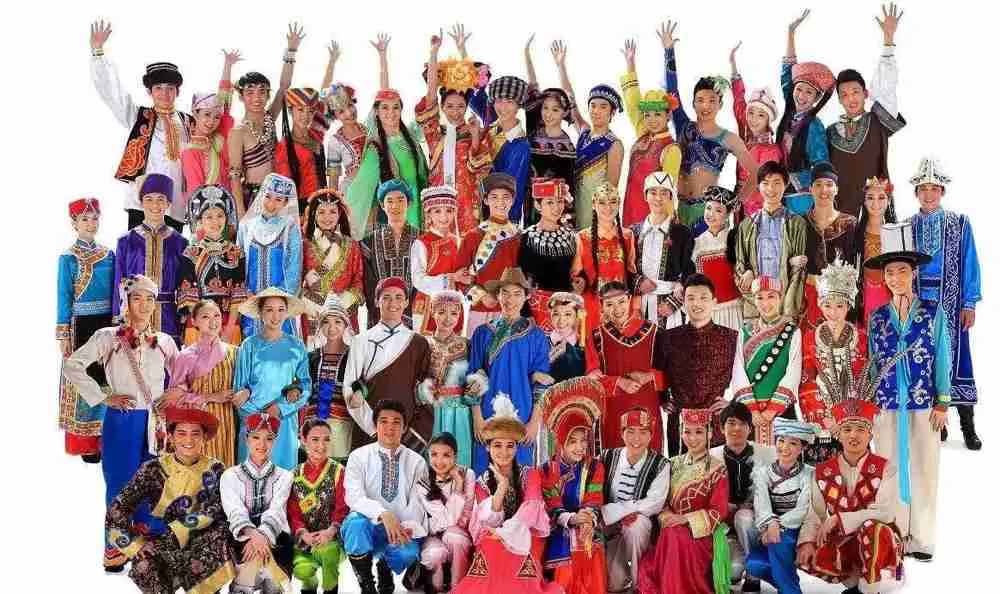
As mentioned above, the Hans Group is the biggest Ethnic tribe in China, and the rest of the population only makes up the rest of the population.
Chinese Hans People
Boasting a population of at least 1159.4 million people, the Hans Chinese group is found predominantly in pretty much all parts of China. However, the people from this tribe live mostly in both the lower and the middle reaches of the Yellow River, the Pearl River, and the Yangtze River. The Han People are also found in the NorthEast Plain Region, also known as the Songliao Plain. As a result, they make up the largest ethnic group throughout China. The Han People also are known to have their rather distinct way of thinking and life.
The 55 Minority Groups of China
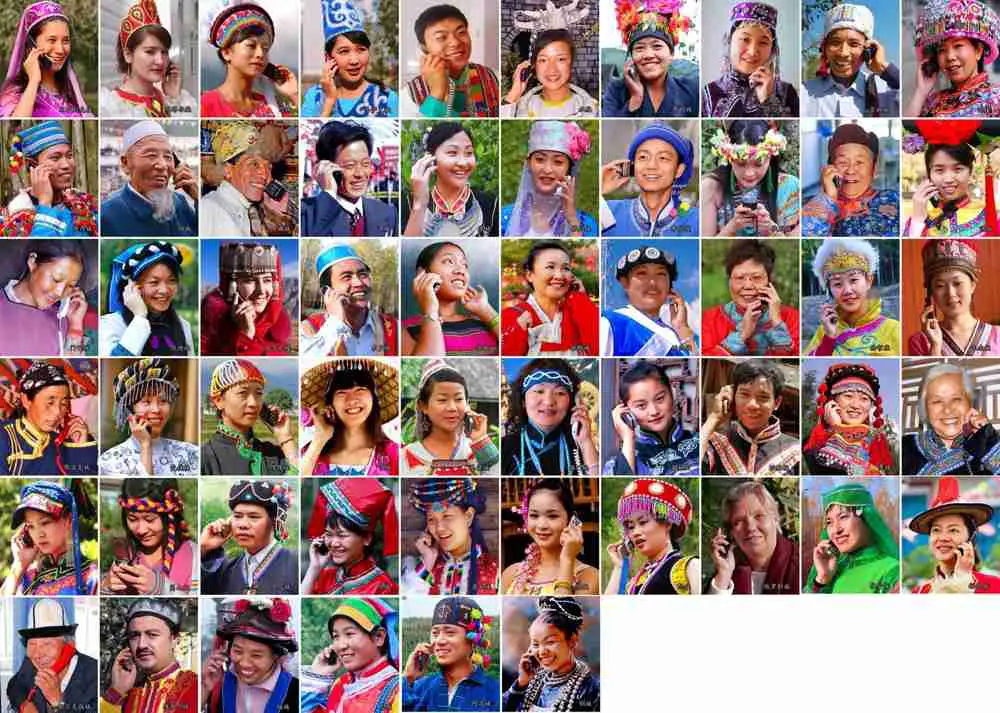
While the Hans People are more predominant throughout China, which leaves the country with a small percentage of people that fall in the minority group, these 55 ethnic groups still make up a big percentage of the population, especially because these minority ethnic groups are distributed quite extensively throughout most of China. They are, however, mostly concentrated in areas such as Southwest China, as well as the Northeast and Northwest China.
What this means is that no matter where you are or go to in China, whether you are in Inner Mongolia, Guangxi, Xinjiang, Tibet, Ningxia, Guizhou, Yunnan, Sichuan, Qinghai, Hunan, Hubei, or any other province, you will always find individuals from these minority groups. The other big percentage of these minority groups is found in the Yunnan Province, where there are 25 of these ethnic groups. Notably, Zhuang province features the largest population of the minority tribes, with at least 16 million people from the minority ethnic groups.
With the differences between these tribes and what each of them has to offer, that along with the differences that exist between them, you may be wondering how these ethnic groups are able to live together in harmony.
Well, this didn’t just happen, and for the 56 Chinese groups to live together in harmony, the government had to step in by coming up with a series of policies. These policies include the ones that were intended to secure and ensure unity and equality between the nation’s Ethnic groups. The government also gave regional autonomy to the minority ethnic groups while enforcing measures to ensure respect for the customs and the faith of these ethnic groups.
Among the policies implemented, the policy covering the autonomy of the minority groups is one of the most important ones. Under this policy, there are five autonomous regions that include Inner Mongolia, Tibet, Ningxia, Guangxi, and Xinjiang. There also is a number of autonomous prefectures, nationality townships, counties, as well as towns that have been set up to ensure recognition, support, and respect of the minority ethnic groups in China. And with the guidance of the Chinese government, all the minority groups in various parts of the nation have also been given some form of regional autonomy, meaning that these individuals/ groups are allowed to deal with their share of affairs.
These efforts are also the reason for the existing harmonious relationship between the minority groups and the Hans People. Essentially, even the autonomous minority groups work with the Hans People as they work together to create a more prosperous China.
That said, here is a list of the 55 minority Ethnic Groups in China. Note that the population numbers given are from the country’s 2010 statistics.
- Zhuang – this tribe is the largest of the minority groups, with a population of about 17 million people.
- Hui – this is the second-largest minority group with a population of about 10.6 million people.
- Achang – as of the year 2,000, this ethnic tribe has a population of about 33,936. This group lives in the Dehong Dai mainly, which is the Jingpo Autonomous Prefecture in the Yunnan Province.
- Bai – The Bai tribe has about 1.9 million people
- Manchu – this tribe has 10.3 million people
- Uyghur – this is the other populous minority group with a population of 10.1 million people.
- Miao – this ethnic group has a population of 9.5 million people
- Yi – the ethnic group, has a recorded population of 8.7 million people
- Tujia – this group has a population of 8.3 million people
- Tibetan – this popular ethnic group is believed to have 6.2 million
- Mongol – this ethnic group has about 5.9 million people
- Dong – The Dong people have a population of 2.8 million
The other ethnic groups that are listed below all have a population of 2.8 million people or less, with the Tatars having only 3556 people recorded.
- Chaoxian
- Bonan
- Dai
- Blang
- Dongxiang
- Bouyei
- Ewenki
- Man
- Daur
- Gaosha
- Kirgiz
- Hui
- Deang
- Monba
- Jingpo
- Li
- Dulong
- Jino
- Mulam
- Russ
- Kazak
- Lahu
- Lisu
- Luoba
- Nu
- Maonan
- Orogen
- Uzbek
- She
- Naxi
- Primi
- Tu
- Qiang
- Shui
- Yao
- Tagik
- Urgur
- Salar
- Xibe
- Wa
- Zang
- Naturalized citizens
- Undistinguished tribes
In addition to these groups, there also are the undistinguished tribes that make up the 640,101 people from the minority groups population, along with 1448 Naturalized citizens.
China’s Primary Autonomous Regions
China has 5 main autonomous regions/ groups, which include:
- The Xinjiang Urghur Autonomous Region,
- The Tibet Autonomous Region
- The Inner Mongolia Autonomous Region
- The Ningxia Hui Autonomous Region,
- The Guangxi Zhuang Autonomous Regions
These 5 autonomous regions are some of the biggest attraction areas in China, and most travelers explore these parts of China.
The topmost popular minority tribes that attract tourists include:
- Zhuang people
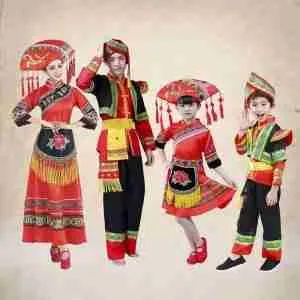
As mentioned above, this is the largest ethnic minority group in China. Today, the group is believed to have a population of 18 million people that live in the South and the Southeast. They have their main homeland in the Guangxi Zhuang Autonomous Regions and also the Yunnan Region of China.
- Mongolians people
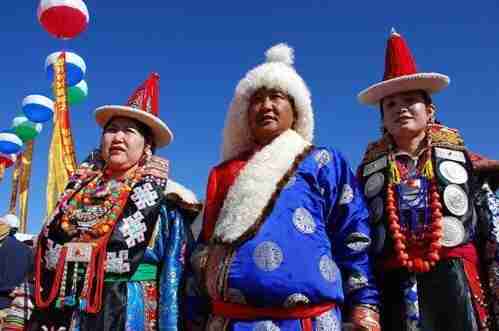
The Mongolians are regarded as the most famous of the Chinese ethnic minority groups. Known best for their conquest of most of Eurasia and their empire’s establishment close to 1000 years ago, the Mongolians are quite popular, even with their empire, the Mongolian Yuan Empire only lasting for about 100 years.
- Hui people
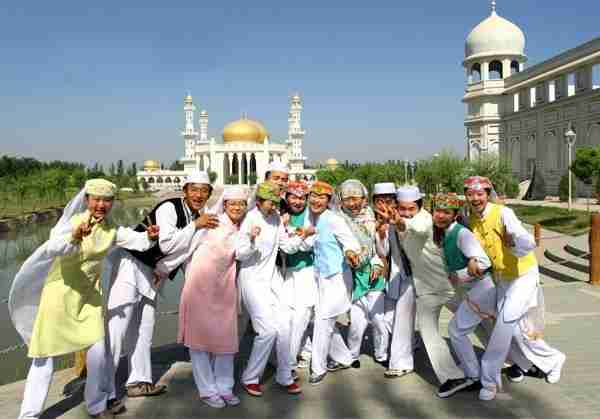
The Hui Ethnic group is the other large minority group. This group is the most widely distributed of the Chinese Ethnic groups, and they are mostly distinguished by the fact that they are mostly Muslim, with a population of about 11 million. The Hui are also culturally a lot like the Han.
- Miao people
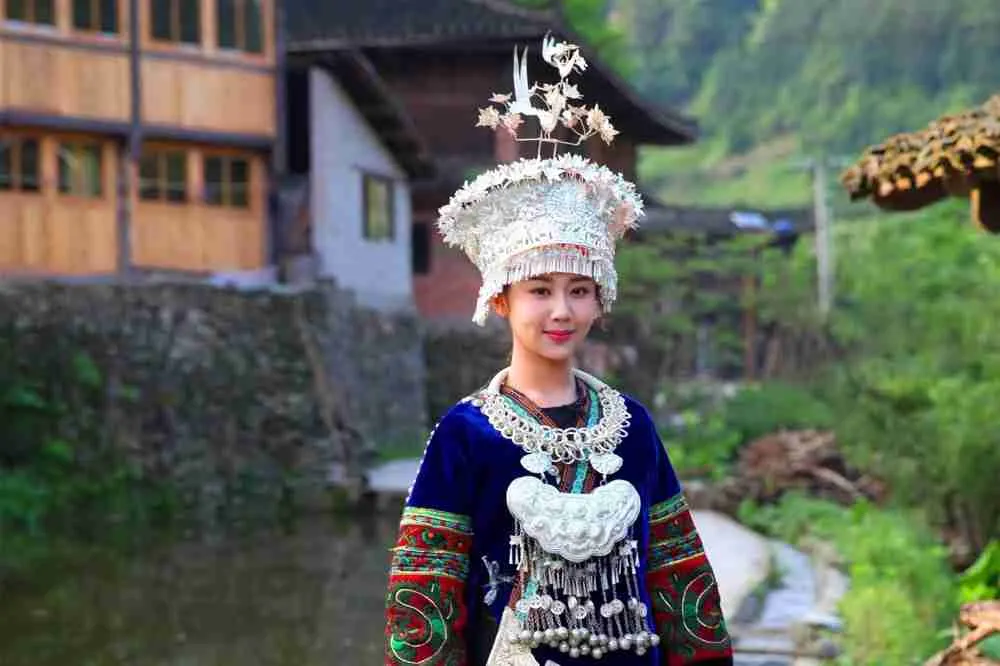
This group is well known for its distinct architecture and culture. There are about 10 million people from the Miao group. Their distinct music style stands out, too, just as their architecture.
- Dong people
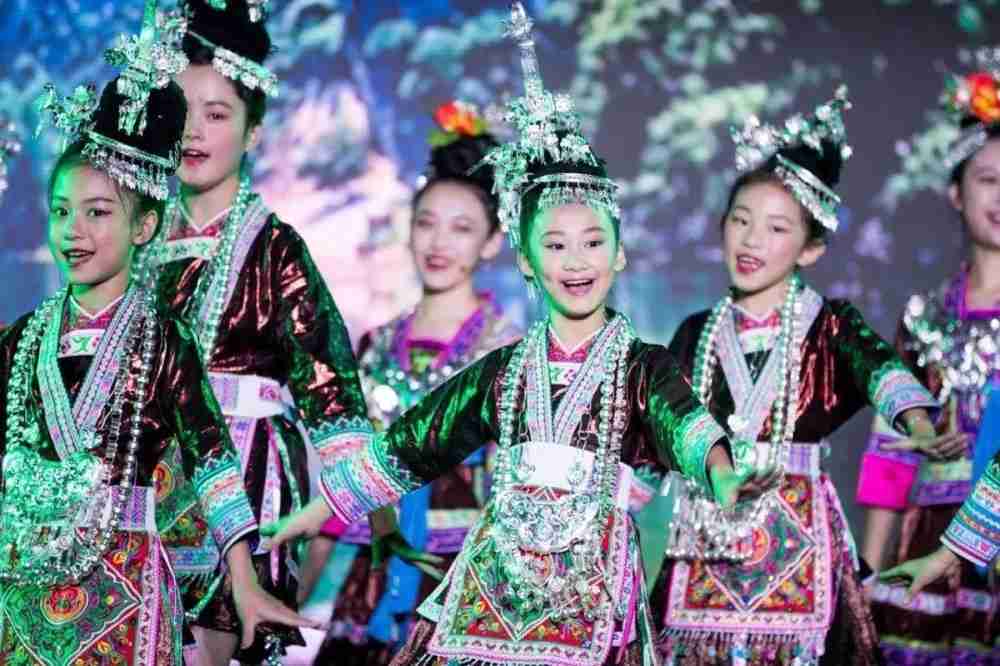
The Dong group is famed for their lush architecture and the Lusheng music. These individuals live in the provinces of Hunan, Guizhou, and Guangxi, with villages located near Miao villages. The Dong make up about 3 million people in China.
- Urghur people
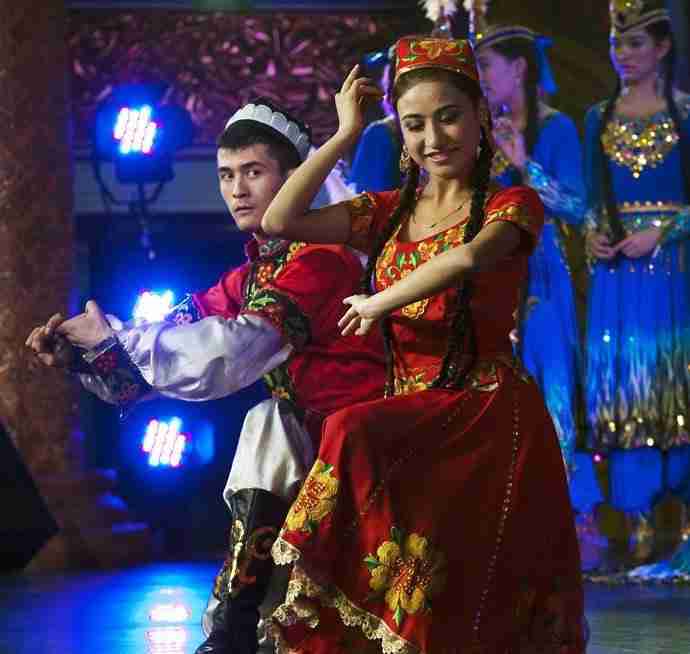
This is the largest minority group that is based in Xinjiang. There are around 11 million Urghurs, and they live in Henan and Hunan. Interestingly, the language that is spoken by the Urghur is a lot like Turkish.
- Manchu people
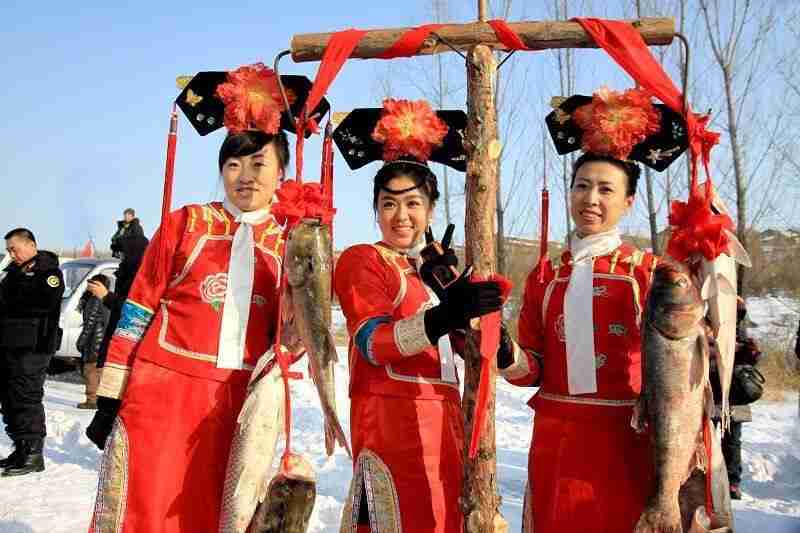
This is the other popular minority group that is known because the Manchu Ethnic Group were the creators of the Qing Empire. They are descendants of the Mongolians and the Manchus that invaded the Ming Empire then create the Qing Empire between 1664 and 1912.
- Tibetans people
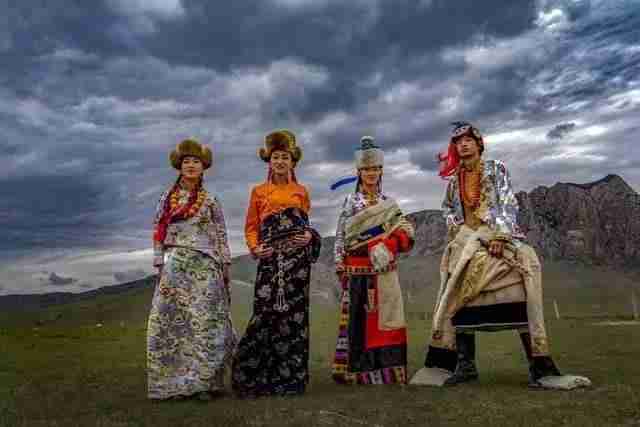
This ethnic tribe is believed to have descended from one of China’s powerful empires, and the Tibetans are believed to have once ruled the mountains of Southwest China, and they had vast empires from the 9th century. The Tibetans now make about 6 million people living in China and about 3 million living in Tibet – their former political/ social stronghold.
- Yao people
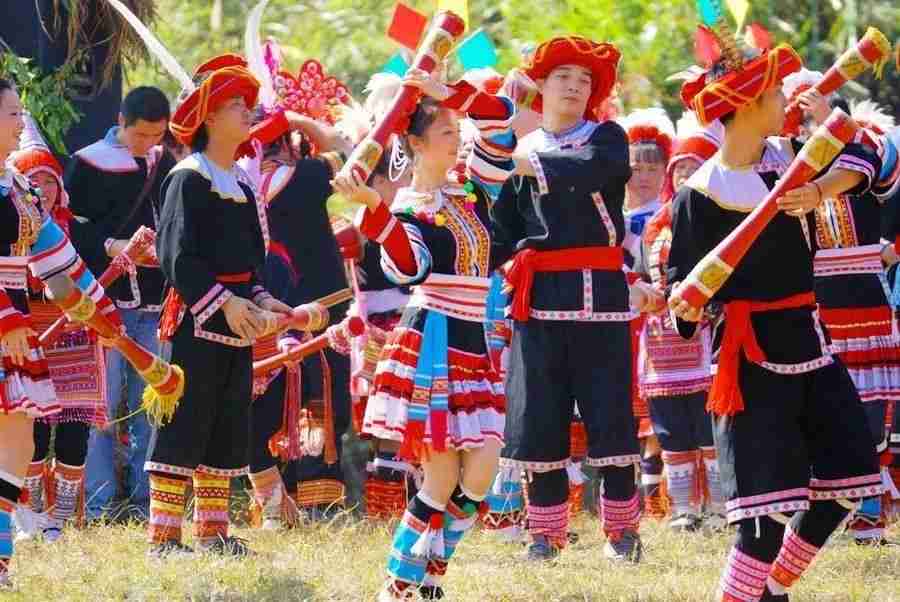
The Yao minority Ethnic group is known for their rice terraces. With a population of 2.6 million people, the Yao mostly live in Guangxi, Yunnan, Hunan, Guizhou, Guangdong, and the Jiangxi provinces, where they live along with the Zhuang.
- Naxi people
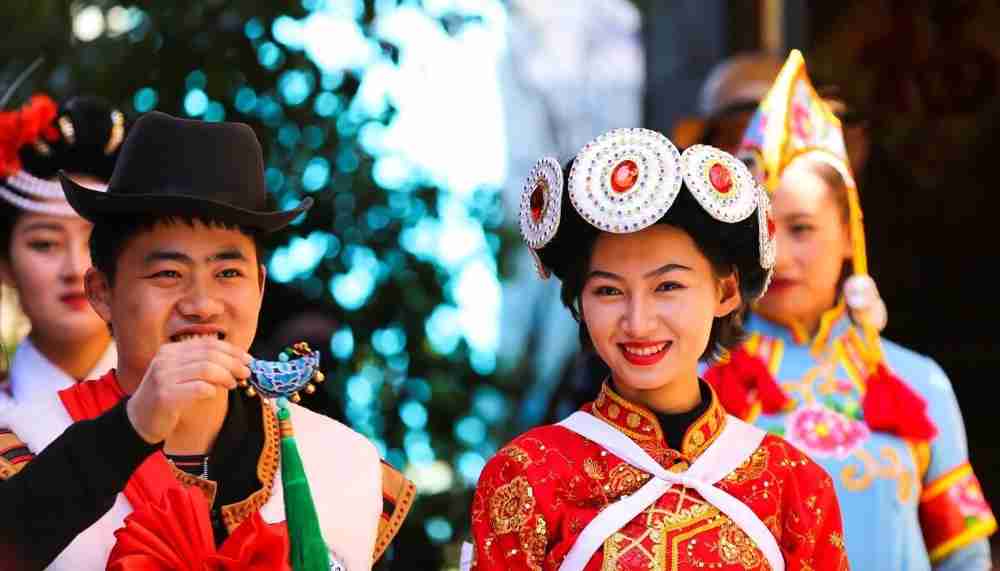
This is the last group on our list, and it’s popular for the uniqueness of their culture, as well as their waterworks. The Naxi is a comparatively small group that lives in the Yunnan Province. There are about 330,000 Naxi people.
These are just some of the notably famous groups, but they are all an important part of the Chinese nation.
disappearing ethnicity in Chinese history
Throughout Chinese history, there have been instances where entire nationalities or ethnic groups have disappeared, either due to assimilation into Han Chinese culture, migration to other regions, or extermination by other groups.
Xiongnu: During the Eastern Han Dynasty, the main body of the Xiongnu was basically annihilated by the Han people, and the remaining parts fled to Western Asia and Eastern Europe. Some scholars, however, disagree and argue that Hungary is not actually descended from the Xiongnu.
Donghu: This ethnic group was a nomadic people who lived in Northeast China. During the Qin and Han dynasties, when the Xiongnu first emerged, they were bullied by the Donghu. Later, the Donghu gradually declined and were eventually destroyed by the Xiongnu.
Wuhuan: Also known as “Wu Maru,” was one of the nomadic peoples in northern China. In the twelfth year of the Jian’an period of the Han Xian emperor, in 207 AD, the last chanyu of the Wuhuan, Tadun, was killed by the Cao Wei general Zhang Liao in the Battle of Bailang Mountain. The Wuhuan were eventually assimilated by the Han, Xianbei, and Tiele ethnic groups.
Xianbei: Originating from the Donghu ethnic group, the Xianbei established several political regimes in the north, including Wei, Yan, Qi, and Zhou. After the fall of the Northern Zhou, the Xianbei-dominated state no longer existed, and after the Sui and Tang dynasties, most of the Xianbei were basically assimilated by the Han ethnic group, while the remaining part became the Rouran.
Rouran: Also known as “Ruru,” originated from nomadic peoples such as the Donghu, Xiongnu, and Xianbei. In 555 AD, the Turkic Mugan Khan led an army to defeat the Rouran, leading to their extinction. The remaining Rouran remnants in the Gobi Desert integrated into the Turkic and Khitan tribes.
Khitan: Originating from the Donghu and Xianbei, the Khitan established the Liao Dynasty, which was destroyed in 1128. Afterward, most of the Khitan were assimilated by the Han and Jurchen ethnic groups, while the remaining part fled to Central Asia, where they blended in with the locals and became part of various Central Asian countries.
Turkic: The origin of the Turkic people has many different interpretations, but most people believe that they originated from a branch of the Xiongnu. The main body of the Turkic people was annihilated by the Han and Uyghurs, and the remaining parts fled westward and were distributed throughout Eurasia, forming what is now Turkey.
Tangut: One of the ancient minorities in northern China, a part of the Qiang ethnic group. During the Northern Song Dynasty, they gradually grew stronger, and in 1038, Li Yuanhao declared himself emperor and established the Western Xia Kingdom, forming a three-nation standoff with the Northern Song and Liao Dynasty. Finally, they were annihilated by the Mongols, and the Tangut people were also assimilated into other ethnic groups in China.
Jie: The Jie people were a nomadic people in ancient China. During the Northern and Southern Dynasties, they established the Later Zhao Dynasty. The Jie people were eventually assimilated into other ethnic groups in China.
Sha-tuo: The Sha-tuo people were an ethnic group in Chinese history, belonging to a branch of the Turkic people. At their most prosperous, the Sha-tuo people established four regimes in China, all of which were in the period of the Five Dynasties and Ten Kingdoms: Later Tang, Later Jin, Later Han, and Northern Han. They have now assimilated into the Han ethnicity.